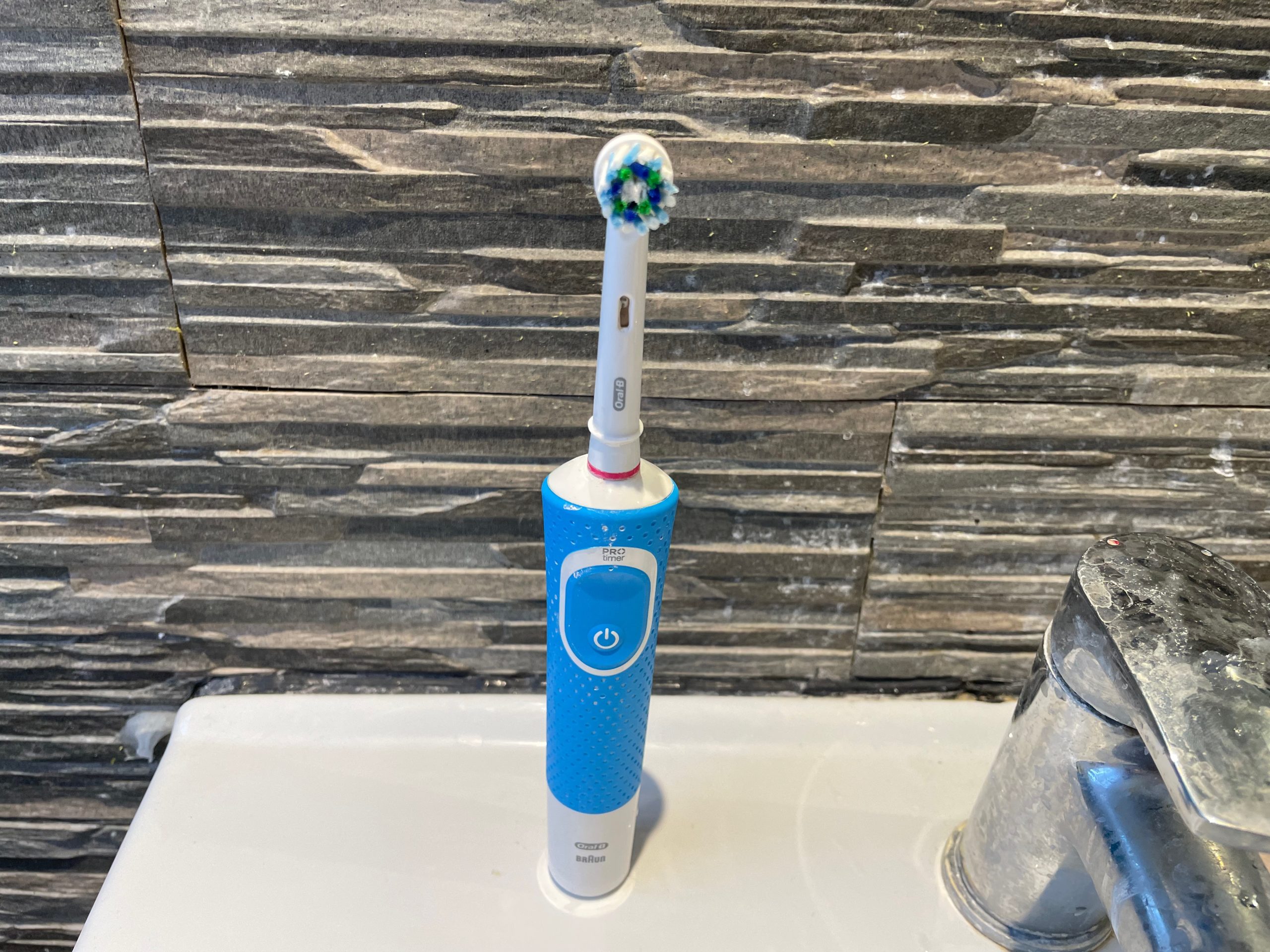Dyspraxia in Adults: What Is It, Symptoms and Treatments

Featured image by cottonbro studio, Pexels.com
What is dyspraxia in adults?
Dyspraxia in adults, also known as Developmental Coordination Disorder (DCD), is a neurological condition characterised by difficulties in planning, coordinating, and executing voluntary movements.
While often associated with childhood, dyspraxia can persist into adulthood. Adults with dyspraxia may struggle with tasks like handwriting, organisation, fine motor skills and spatial awareness. This condition can impact daily life, making activities such as driving, cooking or even navigating social situations challenging.
However, with proper support, including occupational therapy and coping strategies, adults with dyspraxia can learn to manage their difficulties, improving their quality of life and overall functioning.
How does dyspraxia affect adults?
Although dyspraxia can affect people of all ages, this blog post focuses solely on how it can affect adults and how they can cope with it.
While dyspraxia does not affect intelligence, it can make daily life more difficult for adults. It can affect co-ordination skills such as learning to drive a car and fine motor skills such as writing. Dyspraxia can affect adults whether they are at home or at work.
For more information on how dyspraxia affects adults, please read this blog post:
Personal aspects that dyspraxic adults may find challenging:

Image by Katerina Holmes, Pexels.com
- Co-ordination, balance and movement
- Daily living skills, such as getting dressed or preparing meals
- The ability to draw and grasp small objects
- Functioning in social situations
- Dealing with their emotions
Work-related aspects that dyspraxic adults may find challenging:

Image by Andrea Piacquadio, Pexels.com
- Having the confidence and organisation to apply for job roles
- Operating computers
- Keyboard skills
- Using office equipment such as photocopiers and staplers.
- Organising their workload.
- Communication skills such as following spoken instructions or taking part in discussions.
- Handwriting and general writing skills – these can also be present in dysgraphia or dyslexia.
- Memory and concentration
Dyspraxia is more common in men than in women and it is often hereditary.
Adults who have dyspraxia may have another neurodivergent diagnosis such as autism, ADHD, dyslexia and dyscalculia or mental health issues such as anxiety and depression. For more information, please read this blog post about condition cross-over:
Here are some treatment methods, relaxation techniques and organisation methods that adults with dyslexia may find serviceable:
What dyspraxia treatments are available for adults?

Image by Jessica Lewis Creative, Pexels.com
- Occupational therapy, such as help with improving fine motor skills and organisational skills.
- Suitable equipment to help them improve the above skills, such as assistive technology, pens with special grips and diaries.
- Speech therapy to help with speech and language skills, especially if adults have verbal dyspraxia. For more information on verbal dyspraxia, please read this blog post.
- Counselling to help overcome problems with dyspraxia.
- Antidepressants if adults have depression as well as dyspraxia.
Dyspraxia strategies for adults – relaxation techniques

Image by PNW Production, Pexels.com
- Assertiveness and self-development classes
- Joining a self-help group such as the Dyspraxia Foundation Adult Support Group.
- Relaxation techniques such as yoga, meditation or the Alexander Technique, which teaches posture and movement to adults with dyspraxia.
- Recreational activities such as the gym, computer games, bowling, swimming, rock climbing, aqua aerobics and walking
Dyspraxia strategies for adults – organisation techniques

Image by April Slocombe
- Using calendars and sticky notes besides diaries to plan their daily lives.
- Prioritising tasks they have to do first.
- Finishing one task before starting another.
- Using mind maps and flow charts at work.
- Using electric or electronic versions of toothbrushes, shavers and can openers.
- Word processing software that uses a spell check such as Microsoft Word.
- Watching online videos that help them learn clear, precise actions or instructions.
Adults with dyspraxia can get in touch with Exceptional Individuals for neurodivergent careers advice and neurodiverse job opportunities. They may also wish to join the Exceptional Individuals Dyspraxia opportunities Facebook group.
Conclusion
While adults can find dyspraxia challenging whether they are at home or at work, they can use coping mechanisms such as methods of treatment, relaxation techniques and organisation methods. They might also find contacting Exceptional Individuals and joining the Dyspraxia opportunities Facebook group worthwhile. We also have an online dyspraxia quiz which can help give an indication as to whether you have traits of dyspraxia.




